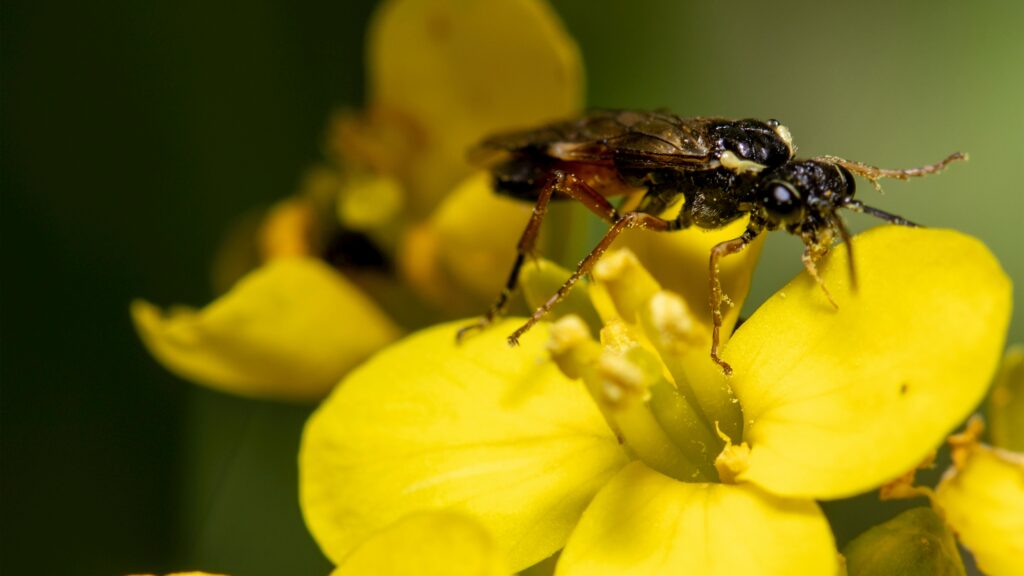Indoor plants can improve air quality, but the extent of their impact can vary. Plants have the natural ability to purify the air through processes like photosynthesis, where they absorb carbon dioxide and release oxygen. Additionally, some indoor plants can remove certain volatile organic compounds (VOCs) from the air, such as formaldehyde, benzene, and trichloroethylene, which are commonly found in household items and building materials.
Research, including a famous study by NASA in the late 1980s, found that certain plants could remove significant amounts of these toxins from the air in controlled environments. Plants like the spider plant, peace lily, and snake plant were among those shown to be effective at filtering air.
However, more recent studies suggest that the air-purifying effect of plants in typical indoor environments may be more limited than initially thought. Factors like the number of plants, the size of the room, and ventilation play a significant role in how much of an impact plants can have on indoor air quality. For a noticeable effect, you would need a large number of plants relative to the size of the space.
Despite this, indoor plants can still contribute positively by improving humidity levels, reducing stress, and enhancing the overall atmosphere of a space, all of which contribute to a healthier indoor environment. While they shouldn’t be relied upon as the sole method for improving air quality, they can be a valuable part of a broader strategy that includes proper ventilation and the use of air purifiers.
















